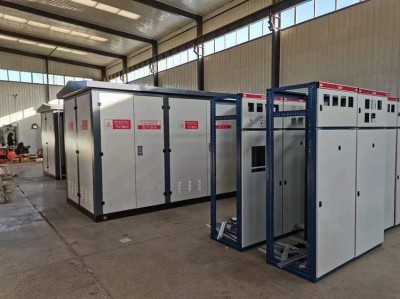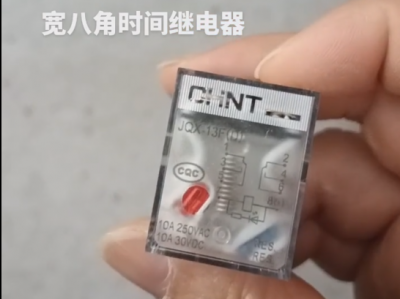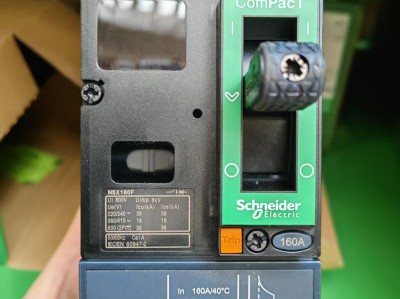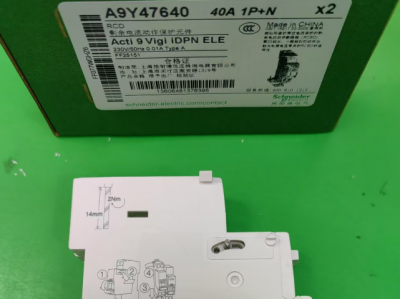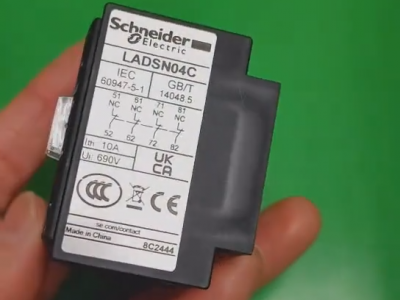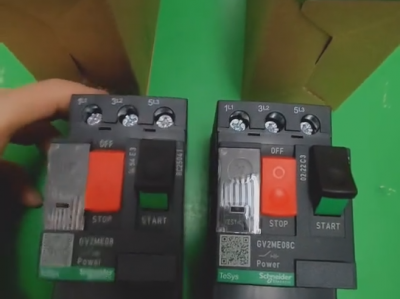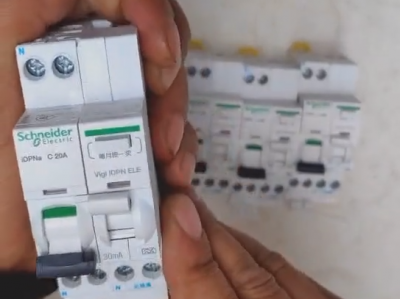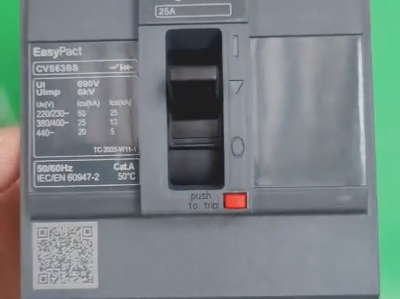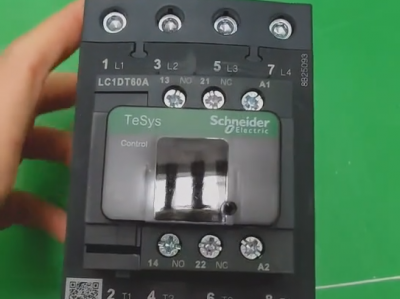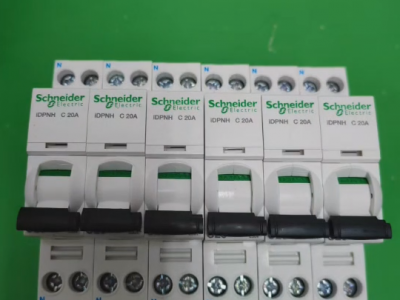Chint fuse RT36-00AV690V belongs
Product description
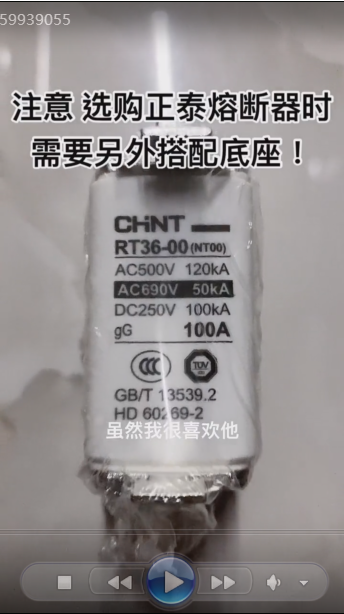
Chint fuse RT36-00AV690V belongs to the RT36 series knife contact fuses, which are mainly used in power distribution lines with AC 45-62Hz and rated voltage up to 690V to provide overload and short-circuit protection. The following is a detailed description of its key technical parameters and application scenarios:Chint AC Contactor
I. Core Technical Parameters
1. **Rated Voltage and Current*CHINT Contactor NC1-09*
This fuse is suitable for **690V AC** systems, with a rated current range covering **2-160A**. Specific specifications include 4A, 6A, 10A, 16A, 20A, 25A, 32A, 40A, 50A, 63A, 80A, 100A, 125A, 160A, etc. Users can select the corresponding current level of the fuse core according to actual load requirements.
2. **Breaking Capacity**
At 690V voltage, its breaking capacity is **50kA** (symmetrical effective value), which can quickly cut off short-circuit current and effectively protect circuit equipment. When used in 500V systems, the breaking capacity can be increased to 120kA, reflecting the high reliability of this series of fuses.
3. **Structure and Installation*Schneider-MCCB-NSX250F-4P-250A*
- **Installation Method**: Supports rail mounting or screw fixing, adapts to standard 35mm rails, and is convenient for quick deployment.
- **Pole Number Splicing**: Allows free splicing of pole numbers (such as 1P, 3P) and flexible addition of partitions, suitable for multi-loop power distribution scenarios.
- **Indicator Function**: The fuse body is integrated with an indicator light, which automatically lights up when the fuse element is blown, facilitating quick identification of faults in dark or enclosed environments.
4. **Certifications and Standards*Schneider Circuit Breakers Price*
The product complies with **GB 13539** (Chinese standard) and **IEC 60269** (international standard), and has passed **3C certification** and **CB test report**, providing international safety performance guarantees.
II. Application Scenarios
1. **Industrial Power Distribution Systems**
Widely used in low-voltage distribution cabinets in factories, mines and other scenarios to provide short-circuit protection for motors, transformers, capacitor banks and other equipment. For example, in capacitor cabinet systems, when the fuse selection is ≤63A, the RT36-00 model is recommended.
2. **New Energy Field**
It can be adapted to 400/690V systems of new energy equipment such as wind power generation and photovoltaic inverters, meeting the reliable protection requirements in high-voltage environments. Chint's technical accumulation as a Tesla inverter supplier indirectly confirms the applicability of its products in high-end power equipment.
3. **Communication and Data Centers**
The quick installation features designed for the communication industry (such as rail mounting) make it suitable for scenarios in data centers such as UPS power supplies and server cabinets that have high requirements for maintenance convenience.
III. Model Interpretation and Selection Suggestions
1. **Model Meaning**
- **RT36**: Series name, representing knife contact fuses.
- **00**: Size code, corresponding to the rated current range of 2-160A.
- **AV690V**: Indicates that it is suitable for 690V AC systems (AV is the abbreviation of Alternating Voltage).
It should be noted that this model may have different suffixes (such as "NT00"), which usually represent the matching relationship between the fuse core and the base (for example, RT36-00 fuse core needs to be used with RT36-00 base).
2. **Selection Notes**
- **Current Matching**: Select the fuse core specification according to the load current to ensure that the fuse element can blow in time during overload (for example, the motor starting current is usually 5-7 times the rated current, and a margin needs to be reserved).
- **Environmental Conditions**: The working temperature range is -5°C to +40°C, and the humidity does not exceed 50% (at 40°C). It should not be used in highly polluted or vibrating environments.
- **Certification Requirements**: If it needs to be used in the U.S. market, it is recommended to confirm whether the product has passed **UL certification** (the current public information does not clearly mention it, and you can contact Chint official for verification).
IV. Purchase and After-sales Service
1. **Procurement Channels**
American users can contact the North American branch via Whatsapp: 0086-13811255435.
2. **After-sales Service**
Chint provides comprehensive technical support and quality assurance services. It is recommended to purchase through official channels to ensure genuine products and after-sales rights. If customized solutions are needed (such as special voltage or installation requirements), you can communicate directly with the manufacturer's technical team.
V. Differentiated Advantages Compared with Competitors
1. **High Cost Performance**
Compared with international brands such as Bussmann and Mersen, Chint RT36 series has lower cost under the same breaking capacity, and has the advantage of localized supply chain, with a shorter delivery cycle.
2. **Modular Design**
It supports pole number splicing and partition installation, with much higher flexibility than traditional fuses, especially suitable for dense power distribution scenarios with limited space.
3. **Dual Indicator Function**
The indicator light is directly linked with the state of the fuse element, reducing the cost of manual inspection, and this design is more prominent among similar products.
VI. Installation and Maintenance Suggestions
1. **Installation Steps**
- Confirm that the fuse base matches the fuse core specification (such as RT36-00 fuse core corresponds to RT36-00 base).
- Clamp the base along the rail and tighten the fixing screws to ensure good contact.
- When inserting the fuse core, apply vertical force until it is locked in place to avoid overheating caused by virtual connection.
2. **Regular Maintenance**
- Inspect the appearance of the fuse every 6 months. If the fuse element is discolored, cracked or the indicator light is abnormal, it must be replaced immediately.
- After long-term operation, it is recommended to use a multimeter to detect the contact resistance of the base terminals (should be less than 50mΩ) to prevent poor contact caused by oxidation.
The breaking capacity of Chint fuse RT36-00AV690V varies under different voltage levels:
- **690V AC system**: The breaking capacity is **50kA** (symmetrical effective value).
- **500V AC system**: The breaking capacity can be increased to **120kA**.
This parameter is completely consistent with Chint's official technical documents and industry standards (such as GB 13539, IEC 60269), and remains unchanged in the latest data in 2025. The difference in breaking capacity stems from the arc extinguishing characteristics of the fuse under different voltages - the arc energy is smaller in a lower voltage environment, so a higher breaking capacity is allowed.
Technical Verification and Industry Benchmarking
1. **Definition of Breaking Capacity**: Breaking capacity refers to the maximum short-circuit current that a fuse can safely cut off at the rated voltage. The 50kA breaking capacity of RT36-00AV690V covers most industrial scenarios (such as motor starting inrush current, transformer short-circuit faults), while the high value of 120kA meets the protection needs of high short-circuit capacity systems (such as capacitor cabinets, new energy inverters).
2. **Comparison with International Standards**: According to IEC 60269-2, gG fuses must meet the full range breaking capacity requirements, that is, they can reliably cut off all fault currents from overload to rated breaking capacity. The breaking capacity index of RT36-00AV690V fully meets this standard and is better than some domestic competitors (for example, a certain brand of fuses of the same specification can only reach 35kA at 690V).
3. **Application Scenario Adaptation**:
- **690V scenario**: Suitable for medium-voltage distribution systems of new energy equipment such as wind power and photovoltaics, and can quickly cut off short-circuit currents caused by inverter faults.
- **500V scenario**: Recommended for industrial motor control centers (MCC), especially large motor circuits with frequent start-stop, whose 120kA breaking capacity can cope with the instantaneous high short-circuit current when the motor is locked-rotor.
Selection and Installation Notes
1. **Current Matching**: The breaking capacity is independent of the rated current of the fuse element, but it is necessary to ensure that the rated current of the fuse element does not exceed the maximum allowable value of the base (RT36-00 base supports a maximum of 160A).
2. **Environmental Conditions**: The breaking capacity test is based on standard environment (20°C, altitude ≤2000m). If used in high-altitude or high-temperature environments, the breaking capacity may decrease, and derating use is required.
3. **Certification Compliance**: Although the breaking capacity parameters meet the IEC standard, if it needs to be exported to the North American market, it is recommended to choose models with UL certification (such as NRT36-00, whose breaking capacity parameters are consistent with RT36-00).
Fault Cases and Solutions
A data center once incorrectly installed 690V specification RT36-00 fuses in a 500V system due to incorrect distinction of voltage levels, resulting in failure to break during short circuits. After replacing with the model clearly marked 500V/120kA, the system returned to normal. This case shows that the voltage matching of breaking capacity is the key to ensuring system reliability.

